I often receive readers’ questions on what’s the best gluten-free bread maker, and which one I use and recommend. Is it cheaper and easier to use? Do I need a gluten-free setting?
So, I decided to put together my recommendations for 5 of the BEST gluten-free bread machines for you to consider. I have also included a buyer's guide, so you know what to look out for when buying a bread maker.
If you already have a gluten-free bread machine then give these recipes a try: gluten-free bread recipe, easy gluten-free sourdough bread, gluten-free zucchini bread, and this amazing pumpkin bread.
Investing in a bread machine with a gluten-free setting requires doing a bit of homework on the ins and outs of the appliance before going to the store or ordering it online. I am going to share my recommended list of products, the top things to consider when buying a gluten-free bread machine, and the benefits of having one.
Read on until the end where I reveal my #1 bread machine for gluten-free bread, but here’s a sneak peek (if you’re short on time) of my top 3:
| Top choice | Budget choice | Compact choice |
| Zojirushi® Home Bakery Virtuoso Plus | Hamilton Beach Bread Maker #29885 | Cuisinart Bread Maker CBK-110 |
| Rating: 5/5 | Rating: ⅘ | Rating: ⅘ |
Benefits of a Gluten-Free Bread Maker
Easy to use – Simply place all the ingredients into the gluten-free bread machine and wait for your fresh gluten-free loaf.
Time saver - The gluten-free bread maker does all the work for you so it’s such a time saver.
More cost-effective - It is much cheaper to make your own gluten-free bread. Store-bought gluten-free bread can be expensive.
Quality ingredients - You have more control over the ingredients you place inside your gluten-free bread. Goodbye preservatives!
Minimal clean-up – It’s far less clean-up than baking a loaf in the oven.
Top 5 gluten-free bread makers
My buyer's guide below gives you all the details on what to look out for when buying a gluten-free bread maker, so my top 5 gluten-free bread makers were based on those guidelines. So, let’s jump into the Top 5!
Let’s start with the Zojirushi® Home Bakery Virtuoso Plus breadmaker BB-PDC20BA. This is the most popular choice and my personal favorite. It’s known as the gluten-free bread machine of choice by many bakers, the so-called gold standard. The only drawback is the price.
Pros:
Consistent – It gives consistent results with minimal flawless results. This is due to heaters on the bottom and top lid.
Feature packed – It has a gluten-free setting, but I prefer to program mine to my requirements. So, the “homemade course” is useful to adjust the knead, rise, and bake times.
Blades – It has double kneading blades which combine your dough to perfection.
Cons:
Price - It is a premium product with a premium price tag. But if you are baking regularly, it’s well worth the price.
Size – It takes up quite a bit of counter space, so this is a drawback if you have space limitations.
My second choice is the Hamilton Beach Bread Maker #29885. This is a budget-friendly option. It’s compact and has a stylish design.
Pros:
Price – This bread machine is budget-friendly on the pocket.
Gluten-free setting – It has one gluten-free setting pre-programmed.
Ease of use — The easy-to-use interface has options for 3 crust settings and 1, 1.5, or 2 lb. loaves.
Design – I love the modern design.
Clean up – The bread bin is dishwasher safe, so super convenient cleanup, unlike the other four gluten-free bread makers I reviewed on this list.
Cons:
Mixing – You need to use a spatula to make sure the dry ingredients get mixed in with the rest of the batter.
Gluten-free setting – You may want to adjust the timing and not use the gluten-free setting. I had a half-cooked loaf, so I added on extra time.
The Oster Expressbake Bread Maker CKSTBR9050-NP with a gluten-free setting is a great bread maker. This machine is for you if you need bread in under an hour. Use the unique express brake setting.
Pros:
Display – It has an easy-to-read LCD display
Easy to clean – It’s so easy to clean with a non-stick baking pan.
Quick – You can have gluten-free bread in under 1 hour.
Cons:
Ingredients – Make sure you measure your ingredients correctly or else your bread won’t come out right. This is a bit more time-consuming whereas on some of the other machines you don’t need to be so precise.
Bake time – The bake time of the gluten-free setting cannot be extended.
The Breville Custom Loaf Bread Maker BBM800XL is a high-performing machine. If you love fruits and nuts added to your bread, you're in for a treat with the automatic dispenser. It has so many programmable options, so you can adjust it to your liking for the perfect loaf of gluten-free bread.
Pros:
Automatic dispenser – This is a great selling point if you like nuts or fruit added to your bread.
Customizable settings – If you like to adjust things to your liking this machine can do that for you!
Collapsible kneading paddle – You can mix your ingredients and then the paddle folds down.
Gluten-free settings – It has great gluten-free options.
Cons:
Noisy – The machine can be loud.
Cleaning – The kneading paddle is not super easy to clean.
The Cuisinart Bread Maker CBK-110 is affordable and compact. Perfect if you have limited counter space. It has a removable kneading pan, which makes cleaning up a breeze.
Pros:
Compact – The sleek and compact design makes it perfect for limited counter space.
Easy to clean – The removable kneading pan makes this bread maker so easy to clean.
Cons:
Choice – You only have one color option.
Dough – With certain recipes, the machine cannot handle a full 2-pound loaf, so you need to reduce the dough to accommodate this.
Best gluten-free bread makers buying guide
When it comes to buying a new kitchen appliance it is important to research your needs before.
Here’s a guide on some of the buying decisions you need to make when purchasing a gluten-free bread maker:
Bread machines pan size / Loaf size setting – You need to choose a pan size that can accommodate the size of your family. Bear in mind that homemade gluten-free bread has no preservatives and goes stale quicker. So, you need to bake according to your family’s needs. The rule of thumb is that you can make a smaller loaf in a larger pan, but that’s not the same if you have a smaller pan.
Shape of the pan and number of blades / kneading paddles - In the past the horizontal machines did not mix the ingredients in the corners well. This left unincorporated flour in the corners which is not ideal. However, it seems to have been rectified on some of the newer models. The number of blades / kneading paddles in your bread maker also helps.
Cycles / Setting – There are a host of cycles on some machines. I would recommend a gluten-free bread machine with a gluten-free setting if possible. This allows the machine to do the work with the least amount of effort on your part. Alternatively, get a bread maker that allows you to adjust it to your own settings.
Dimensions and weight – Consider how much storage or counter space you have to accommodate this kitchen appliance. Most are relatively light but if you are packing it in and out of a cupboard you may want to consider a lighter bread maker.
Ease of cleaning – Check that the bread pan is easy to clean, as well as the inside and outside of the machine. You may also want to consider if the accessories and bread pan are dishwasher safe as most require you to wash them by hand.
Material used / Color – Common materials used are stainless steel, aluminum, and plastic. This choice depends on where you are going to place the gluten-free bread maker. If it’s in a cupboard vs. displayed on a counter will help you decide on the finish and color.
Warranty / Support – Check the warranty offered on the product to see if anything happens to the product you can get the support to repair it as well as replacement parts.
Price – The last thing to consider is the price. It is usually a good idea to set a budget and then look for a product in that price range. Consider the above recommendations when buying to assist you with this decision.
The Bottom Line
The best gluten-free bread machine is the Zojirushi® Home Bakery Virtuoso Plus breadmaker BB-PDC20BA. Yes, it is more expensive, but it’s totally worth it if you are frequently baking gluten-free bread. It's feature packed, mixes the dough thoroughly, and the heated top for even browning makes this our top choice.
My best budget choice is the Hamilton Beach Bread Maker #29885 and last but not least my best compact choice is the Cuisinart Bread Maker CBK-110.
Recipes to use with your new gluten-free bread maker
Once you have purchased your gluten-free bread maker, give these recipes a try:
- Gluten-free bread recipe
- Easy gluten-free sourdough bread
- Gluten-free zucchini bread
- Pumpkin bread with 10 ingredients
Frequently Asked Questions
Do you need a special bread maker for gluten-free bread?
You don’t need one, but if you want the convenience of adding in all the ingredients and not having to watch it bake in the oven, it comes in handy.
Is it cheaper to make your own gluten-free bread?
It’s definitely cheaper in so many ways. You can make the bread with a recipe you like. No more buying store-bought bread that the family doesn’t like and throwing it out. The added bonus is it is healthier, since there are no preservatives added.
Why does a bread maker need a gluten-free setting?
With gluten-free baking, you only need one mixing cycle. Gluten-free bread doesn’t require a second rise. If your standard bread maker doesn’t have this setting, you can use a “quick bread, basic, one rise, or rapid” setting. Refer to your manufacturer's guide to find the correct setting.
Why does my gluten-free bread sink in the middle of my bread machine?
It could be that you added too much water or liquid to the recipe.
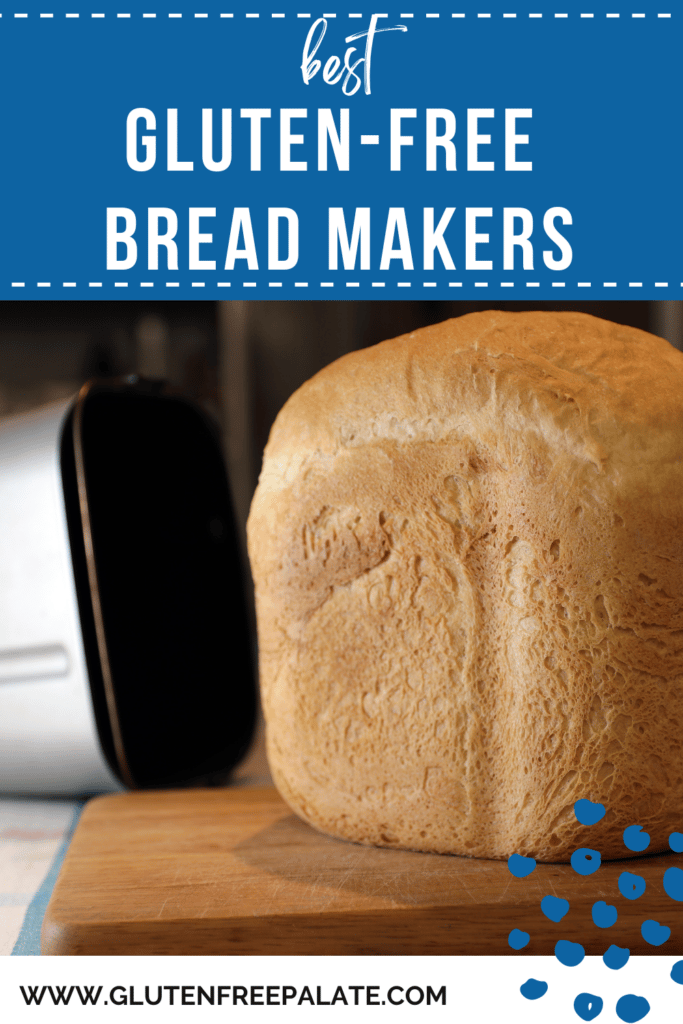







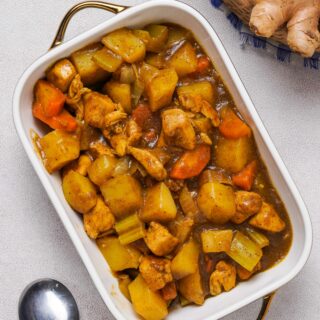
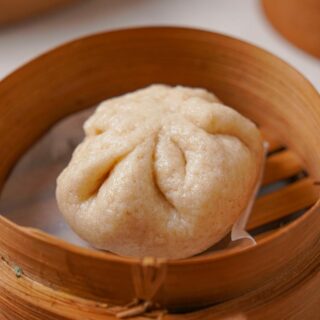
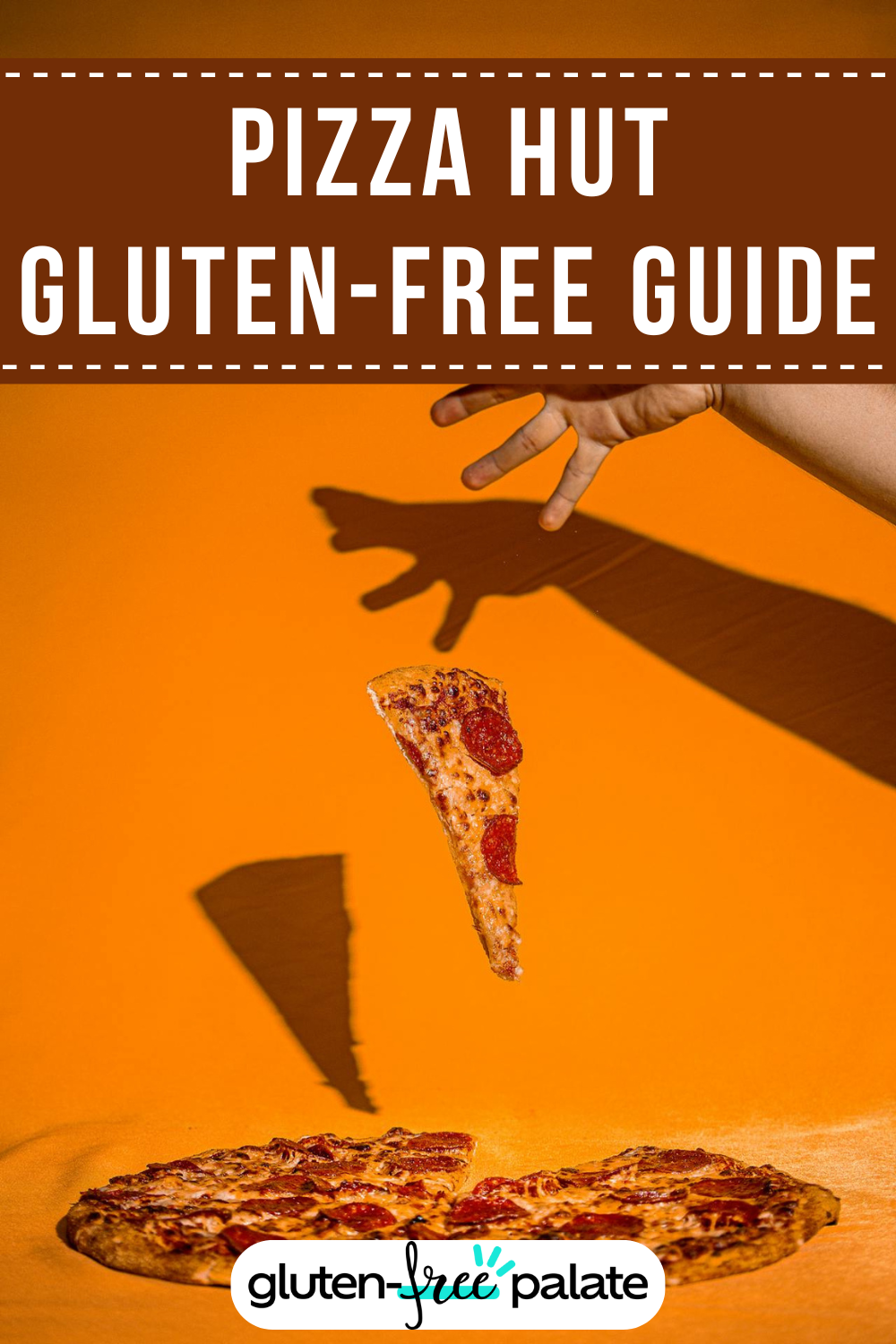
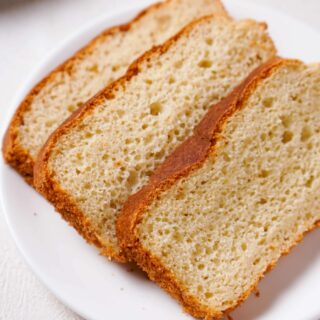
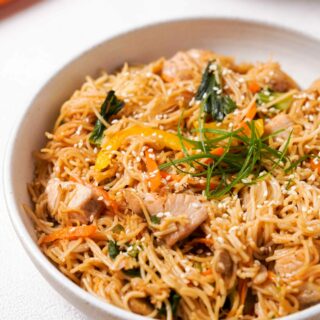
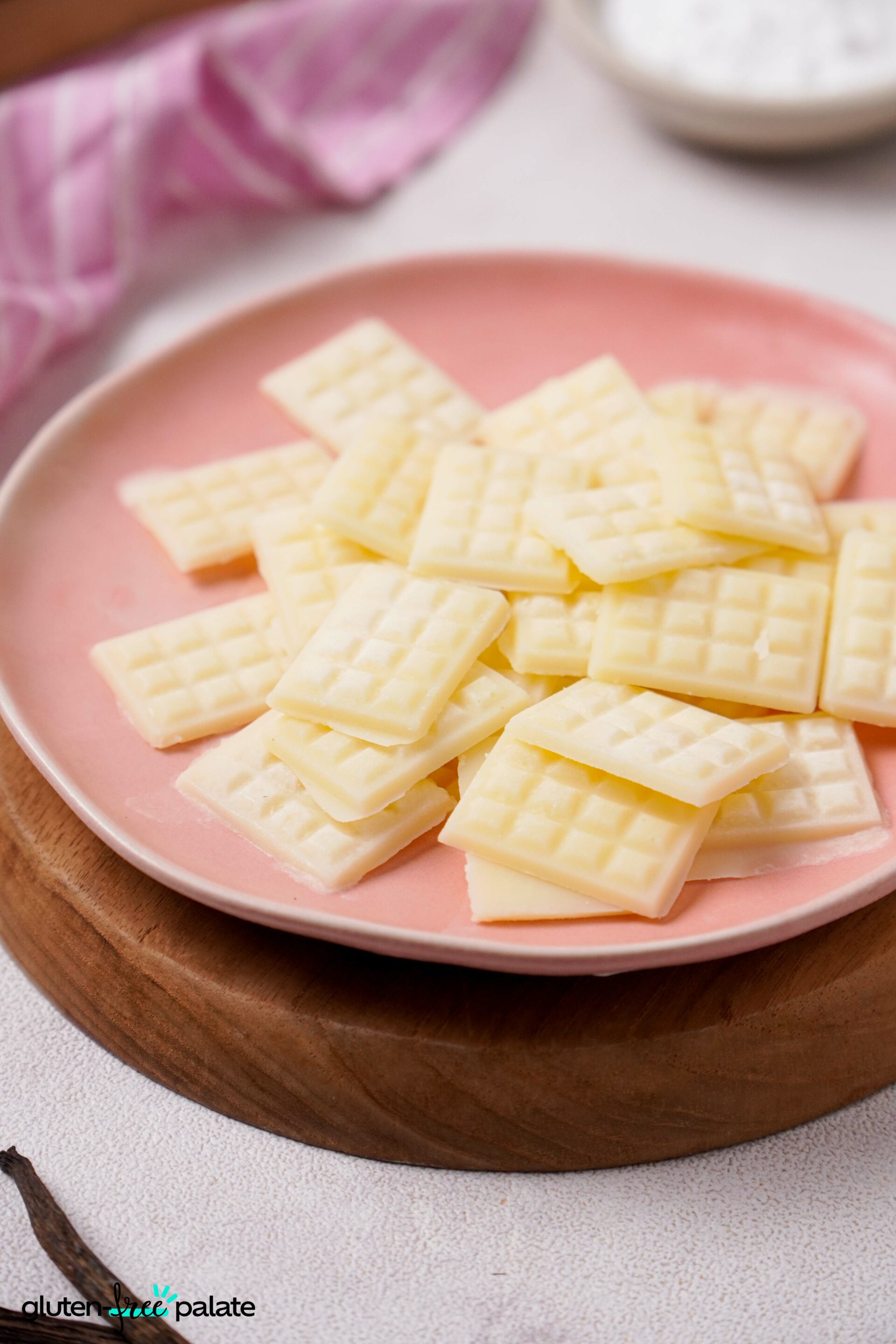
Bea Valkyrie
Hi, I live in Nigeria where the power is un reliable. I lose power almost daily about three times a day.
Are these machine sensitive to 50Hz and can they be turned back on , to the last setting, after an outage?
Thank you.
Bea
Wendy Stoltz
Hi Bea,
You will need to view the manufacturers' guide on the chosen model.
Bart Gibbons
Hello Wendy,
I have a question about a point you made:
"The rule of thumb is that you can make a smaller loaf in a larger pan, but that’s not the same if you have a smaller pan."
I live alone, so I would probably be fine with a 1-pound loaf. The Hamilton Beach model you recommend doesn't have a 1-pound loaf size. Is your point that making a smaller loaf than the size of the pan is not as good as using a pan that would be a correct fit?
Thanks.
Wendy Stoltz
Hi Bart,
So it basically means buying the right size pan for your requirements. So yes, you can use a smaller pan as you only need a loaf for yourself. The point it is trying to make is that once you have bought a model the size you have is the size you can use, so sometimes it is worth having a bigger size. I hope that makes sense.